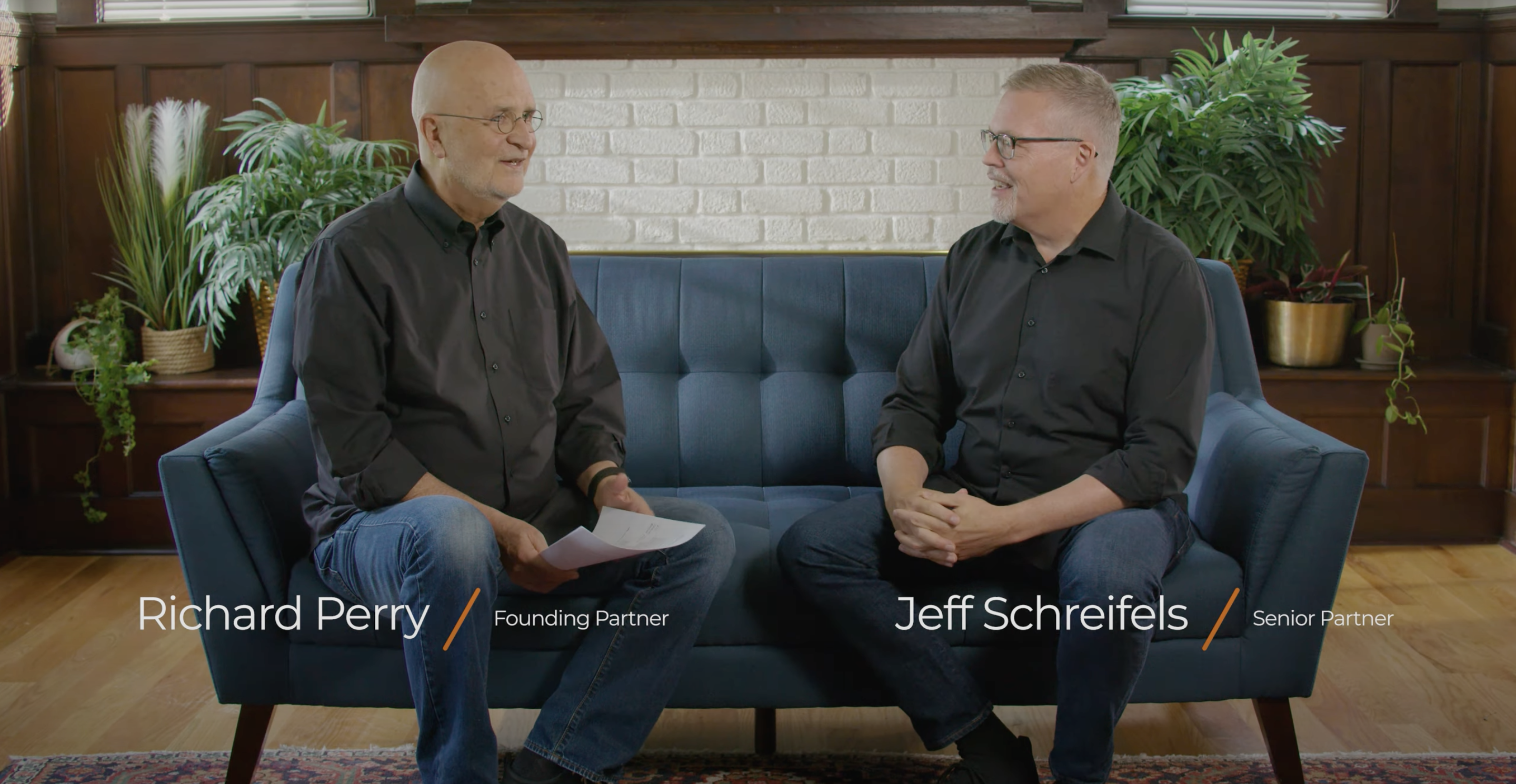Reporting back on impact is THE key in retaining your donors. In fact, when donors are asked why they stopped giving, one of the top reasons is that the donor didn’t know the impact of their gift.
When it comes to reporting back, it can feel a bit more obvious if you work for an organization that’s providing meals, housing, or another tangible program. But what if the impact of your work is not as direct?
The reality is that your organization is having a meaningful impact, and your donors are making a difference. Telling that story is just as important, and maybe even more necessary, when the story isn’t as straightforward.
In this month’s Question of the Month video, Richard and Jeff discuss how you can report back on the impact your donors are having, even if that impact has a more indirect result.
Read the transcript:
Jeff Schreifels
Welcome to the Question of the Month, and this month, Richard, you have the question for me.
Richard Perry
Okay, so here’s, here’s the question. How do you report back on impact when your mission or your cause is not direct services?
Jeff Schreifels
That’s a good one. Because we get this a lot from folks. Well, first, let’s talk about this difference between direct services and non-direct services. So, direct services are organizations like, you know, feeding people, right? You can quantify that pretty easily, there’s a service directly going to them, and they’re eating and now they’re full. Alright, so that’s, that’s one thing. The non=direct services are kind of like, like an advocacy type of group, you know, where they’re not directly doing something right there. But –
Richard Perry
They’re trying to change public opinion.
Jeff Schreifels
Yes, they’re trying to do that. And so we often get questions from that group, like, especially those advocates, let’s say we have an advocacy group for cancer research –
Richard Perry
Or for conservation…
Jeff Schreifels
Conservation, any of that. So what do they do? How do they report back? Well, they can talk about legislation, they’ve helped, you know, change through legislators, or a big thing that you need to do is start talking about the stories behind the advocacy, who’s benefiting from that advocacy that you’re doing, or the environment or the animals that you’re working on behalf of. Storytelling is really important when you’re trying to talk about reporting back impact to donors. And the fact is, even if you don’t have anything directly to report back, donors want to hear from you, right? They give you that gift, and they’re going to want to hear what happened with that gift in some way. Even if you can’t pinpoint it exactly.
Richard Perry
So it’s about like, what did you actually do? Which implies, how did you spend the money? Which is what I want to know.
Jeff Schreifels
Yes. Or you could be like a new organization, who’s just starting out? And because we’ve heard from people like that and say, gosh, we just started out – how am I going to report impact to a donor that just gave me a big gift? We’re just getting going. And again, it’s going back to well, what are the what can you tell him every month, give an update on how you’re progressing. Talk about the stories behind everything that you’re doing. Use third party information. So why did you become a nonprofit in the first place? There was a need out there. Right. And you I’m sure there’s some third party information out there that supports that need. Continue to show the donor those things right?
Richard Perry
Well, it seems like half of the thing is basically talking to donors about what’s happening and notice communicating. And what we find Jeff, I mean, you know, this is that nonprofits do not communicate very much to their donor. No. And, and the frequency is, is quite little as well. So just even talking about what you’re doing and being in touch really helps. Yes, yeah, sometimes even more than the content itself.
Jeff Schreifels
I agree. I agree. Well, thanks for joining us on this month’s question of the month. We’ve got a great free resource for you called “Transporting Your Donor to the Scene.” Just go to veritusgroup.com/resources and you’ll see it there. Thanks for joining us, and we’ll see you next month.







0 Comments